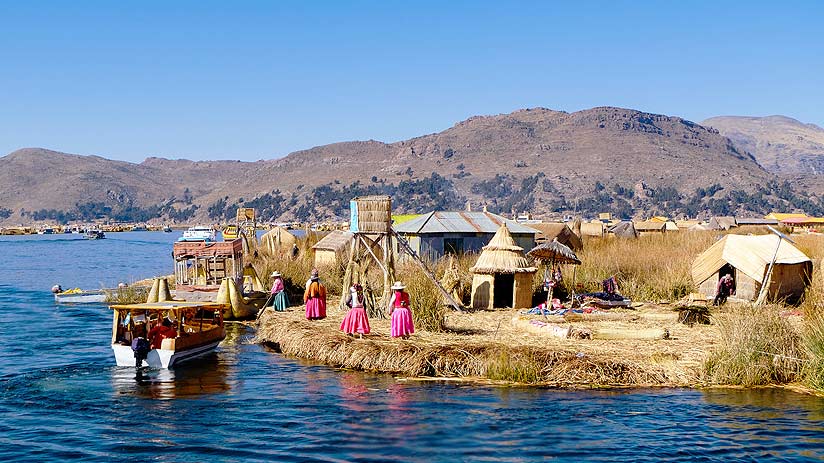If you are traveling to Peru on your annual vacation there is so much to visit and do in this South American country, visit the North of Peru and the wonderful beaches. Your Peru travel guide could be developed like this: first, travel further south to the ancient city of Chan Chan and see Señor de Sipan. Then, travel south the central coast of Peru and you can visit the capital city of Lima, now famous for its cuisine. Further south from Lima experience the mysterious Nazca Lines, something that you will not see anywhere in the world. After that, travel to the highlands of Peru and wonder at the land of the Incas and the breathtaking Machu Picchu. However, at the southernmost part of Peru, you will encounter the lakeside town of Puno and the beautiful Lake Titicaca. If you have never heard of this lake and want to know why Lake Titicaca is famous, Machu Travel Peru will give you first-hand information.
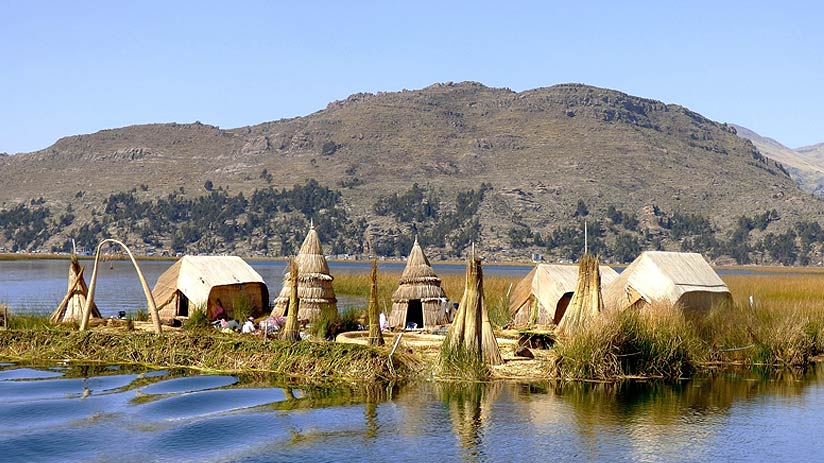
Answering the big doubt
There are many reasons why you will not want to miss a visit to this wonderful part of Peru. Let us now list some of the reasons why Lake Titicaca is famous. Firstly, the lake is the highest navigable lake in the world that in itself is very impressive. The lake sits at 12500 feet above sea level in the Andes Mountain range located on the border of both Peru and Bolivia. The lake is the second-largest in South America at 3200 square miles, making the lake a wonderful site to see. “Where is Lake Titicaca?” you may ask… it is located in the southernmost part of Peru on the border with Bolivia.
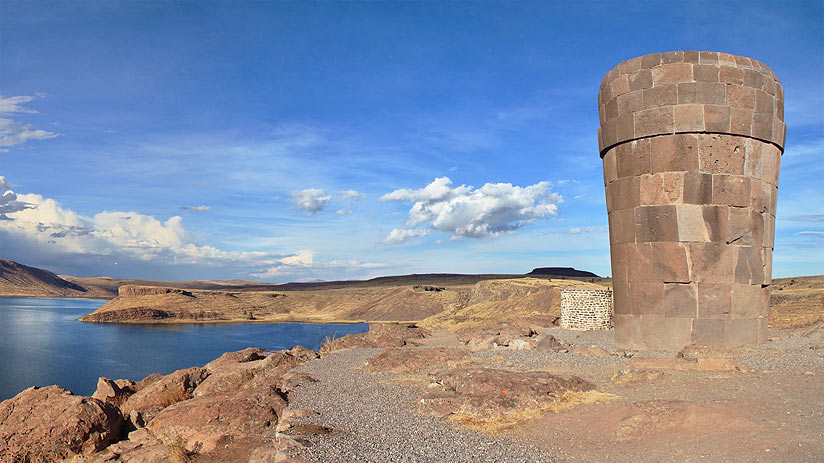
Origin of the Titicaca Lake
In local legend the lake is called The Birthplace of the Incas and The Birthplace of the Sun, Inca mythology says that the first Inca King, Manco Capac was born at Lake Titicaca. After that, the gods created a wife for the king and they started a tribe, giving Lake Titicaca the name The Birthplace of the Incas. The cultures Pukara, Tiwanaku and Collas lived in the Titicaca Lake before the Incas.
Places must-see in Titicaca Lake
Sillustani
Just outside the town of Puno, on the shores of Lake Titicaca, the ruins of Sillustani take place. This site is home to a series of towers that once were used as a burial site, but what you should look forward to seeing is the spectacular location.
Uros Floating Islands
Without a doubt, the most famous place in the lake is the Uros Islands Lake Titicaca. If you have not heard about these islands, let us go into some detail. Many centuries ago, the Uros people were caught in the middle of warring tribes on the mainland. They decided to leave the mainland and create their own islands in the middle of the lake and what did they make these islands from? They made them from the reeds growing on the shores of the lake. The islands are anchored down and the local people replenish the reeds by placing a new layer every six months.
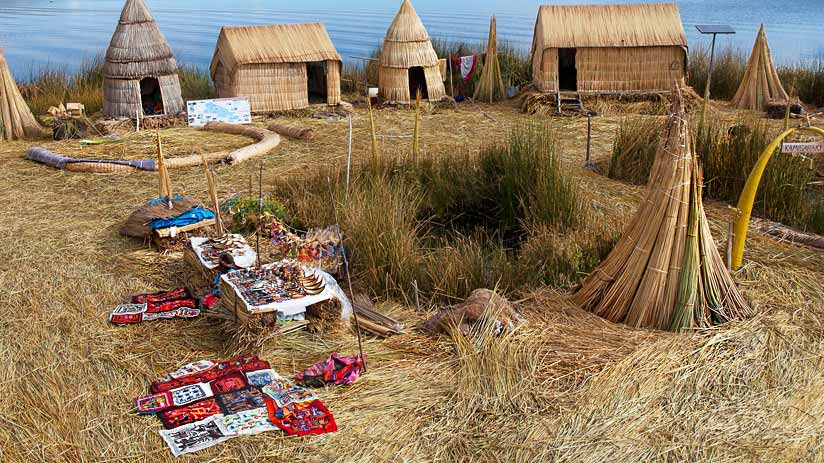
When you visit the islands and walk on them, the feeling is like walking on a waterbed. The population still live on the islands today, but the numbers are lowering as the young people leave to pursue other lives. Today the people live off tourism with only a few islands open to tourists, which leaves the rest to the local communities. The islands have a primary school for the children, which they attend every day. The locals commute from the islands on handmade boats, which are also made from reeds. They are mostly self-sufficient, growing food to feed the population, the diet features a lot of fish making the people for the most part very healthy. The houses are also made from the reeds and there is even a hotel where you can spend the night.
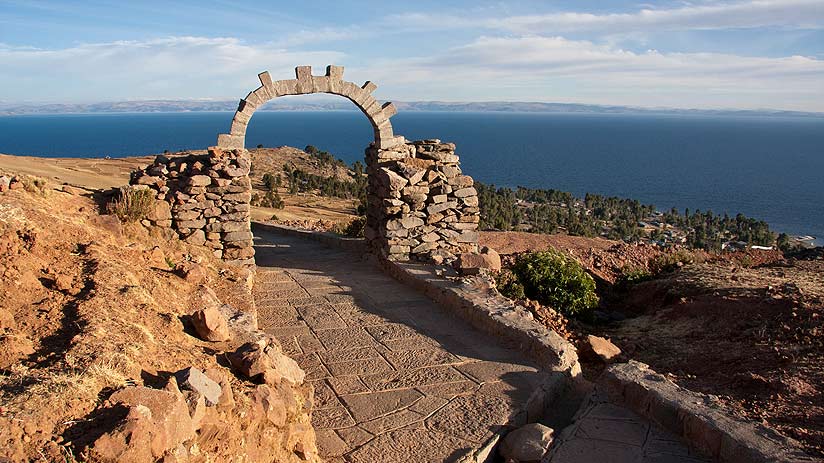
Taquile and Amantani Floating Islands
Also situated on the lake is the rock islands of Taquile and Amantani. Both islands are available to visit and are unmissable places on your visit to Puno. Both Taquile and Amantani have very interesting local communities and live simple lives. They also grow their own food and cater to tourists by selling handicrafts. You can stay overnight on these islands in very basic accommodation. You will eat a lot of seafood and there are basic restaurants.
Islands of the Sun and Moon
On the Bolivian side of the lake, you will find the Sun Island and the Moon Island, both well worth a visit for their Inca history and spectacular views.
From Copacabana, you can transfer by boat to Sun Island (duration: 1 1/2 hours). The reason for its name is that, in the Inca times, its temple housed virgins dedicated to the Sun God (Inti). Its original name: Titikaka island, means “stone cougar”, referring to the pumas that used to inhabit it and its rocky nature.
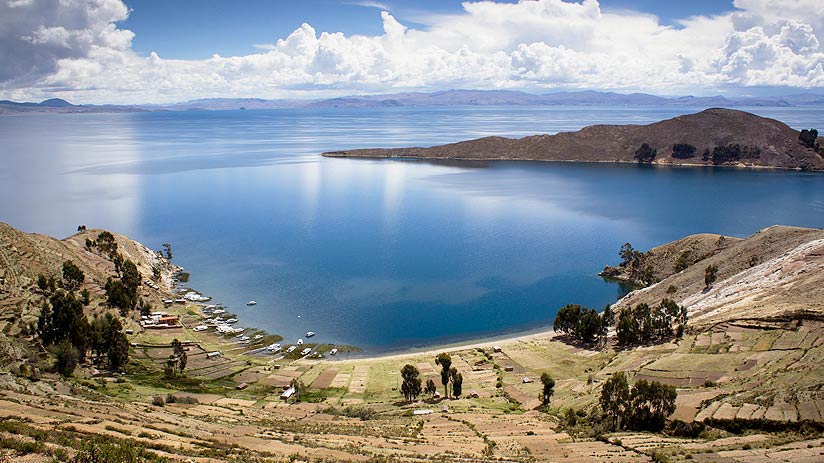
Koati, as the population call the Moon Island, is only 15 minutes from Sun Island. It was the place for worship of Mama Killa (in Quechua) or Mother Moon and only the Inca emperor could enter. From the top of a hill on the island, you can see in the distance the snow-capped peaks that contrast with the color of the lake.
Let Lake Titicaca be part of your journey
If you are visiting Peru and Machu Picchu, take the time to discover the fabulous Lake Titicaca. You may be wondering how to get from Machu Picchu to Lake Titicaca? There is a train from the Imperial city of Cusco or you can catch the bus. Puno is also famous for the spectacular festival of the Virgen de la Candelaria, held on the streets of Puno every February. This wonder of color and music is compared to the Carnival in Rio. Thousands of dancers and musicians take to the streets to dance many traditional dances from all over Peru. Not to be missed if you are in Peru in February.
Take a trip to Peru and Lake Titicaca, a journey of a lifetime.
